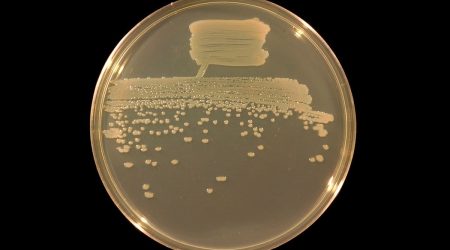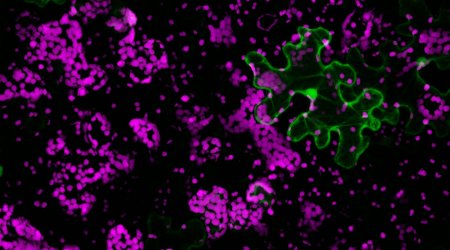The First World War is often thought of as a watershed in the history of women in the workforce and this was the subject of the 2017 Innes Lecture – an annual history of science talk given to the Friends of John Innes Centre and the public, supported by the John Innes Foundation
Dr Patricia Fara took as her title, ‘Botanical Boudicas and Scientific Soldiers: Struggles past and present’.
While it has been argued that the war ‘found them serfs, and left them free’ (Millicent Fawcett), Dr Fara’s research explores women’s struggle in scientific careers after the war, into the 21st century. It was not until the late 19th century that women were permitted to attend university, and even then they were often restricted to segregated, women-only colleges.
The first UK university to award degrees to women was London in 1880 when four women received BAs, but some resisted change until well into the 20th century – Cambridge University did not award women full degrees until 1948, and many laboratories were closed to women, so women’s colleges had to provide their own laboratory facilities.
The exclusion of women extended into scientific societies, which had been run as gentlemen’s clubs. In 1904, Hertha Ayrton became the first woman to gain entry into the Royal Society to read a scientific paper. In the same year, the Linnaean Society elected women fellows for the first time. Among these fellows was Marie Stopes, the first female botany lecturer at the University of Manchester, who was once prevented from exhibiting her Japanese specimens, being told that her butler or another man could do it for her.
Dame Helen Gwynne-Vaughan, a heroine of WWI as first controller of the Women’s Auxiliary Army Corps in France, was hindered early in her botany career because it was considered ‘improper’ for a woman to lecture to a mixed audience. After the war Gwynne-Vaughan was more fortunate than many: she successfully retained her job as Head of Botany at Birkbeck College, London.
Elsewhere women were expected to return to the home, and married women were specifically barred from certain jobs, such as in the Civil Service and Post Office, for years to come. Science, along with many other occupations, was recruiting women on unequal terms with their male counterparts. At universities and organisations such as the British Museum for Natural History, women were ‘second class’ employees on lower pay.
Despite an impressive record of contributions to science and medicine during WWI, conventional hierarchies that placed men above women were re-established after the Armistice. Almost a century later, the current statistics on women in STEMM (Science Technology, Engineering, Maths and Medicine) careers show that although significant progress has been made towards gender equality in these fields, there is still plenty of room for improvement.
Dr Patricia Fara is a Fellow of Clare College Cambridge and President of the British Society for the History of Science. Her books include the prize-winning Science: A Four Thousand Year History.






